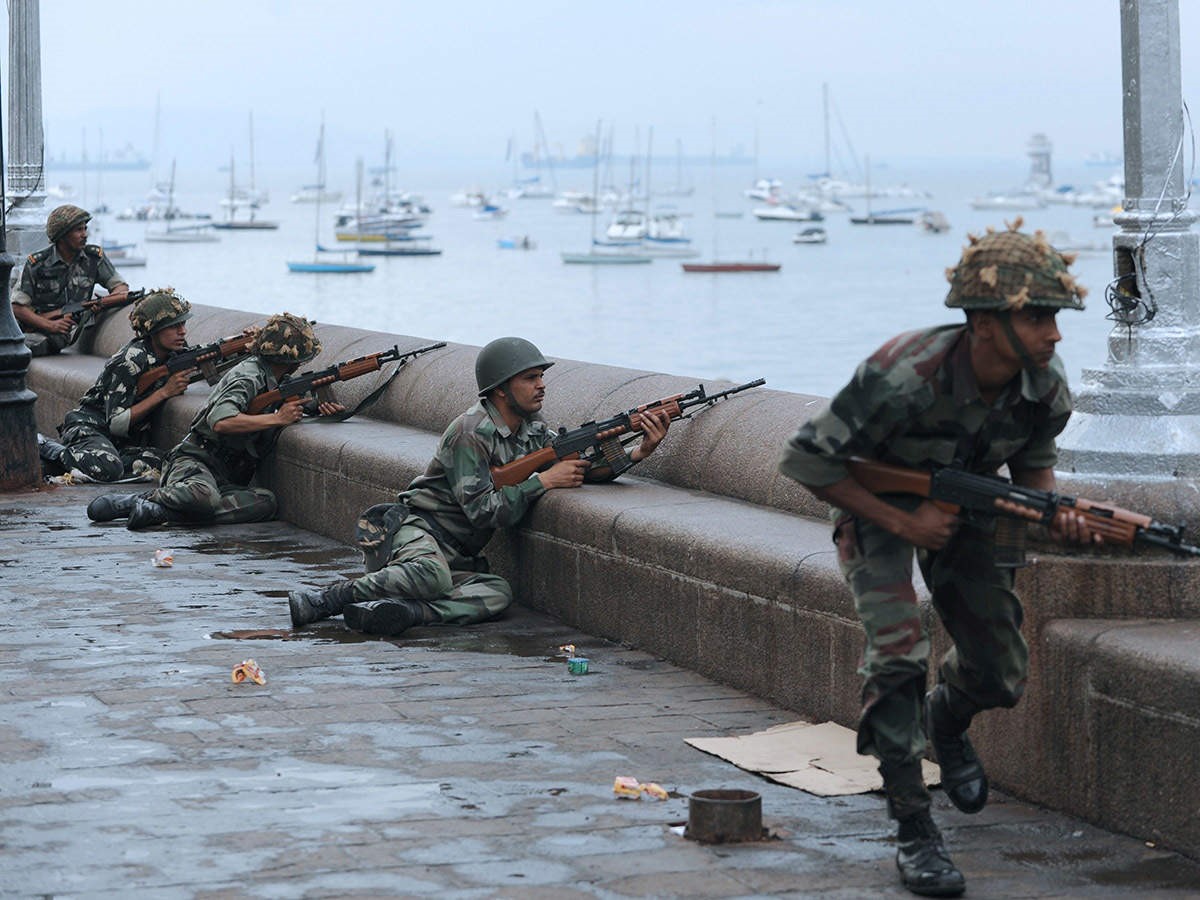Description

Disclaimer: Copyright infringement not intended.
Context
From tightening of maritime security and fixing of loopholes in the intelligence grid, to strengthening of the legal framework to deal with terrorism, and setting up special agencies to probe terror cases, the 26/11 attacks brought some fundamental changes to India's security apparatus.
Details
Maritime Security Revamp
- Indian Navy Responsibility: The Indian navy was given enhanced responsibility for maritime security.
- Role of Coast Guard: The Indian Coast Guard was tasked with securing territorial waters and coordinating with new marine police stations along the coastline.
- Implementation of AIS: Vessels longer than 20 meters were mandated to have an Automatic Identification System (AIS) for transmitting identification and related information.
Intelligence Coordination Strengthened
- Enhanced MAC Functions: The Intelligence Bureau’s Multi Agency Centre (MAC) underwent strengthening for better coordination among central agencies, armed forces, and state police.
- Real-time Exchange: Regular meetings were institutionalized for real-time exchange of intelligence and analysis, extending discussions beyond mere information exchange.
.jpg)
Legal Framework Strengthened
- Amendments to UAPA: The Unlawful Activities Prevention Act (UAPA) was amended, broadening the definition of terrorism.
- Establishment of NIA: The National Investigation Agency (NIA) Act was passed, establishing the NIA as the first federal investigation agency, enabling it to take over terrorism cases across states.
Modernization of Police Forces
- Resource Allocation: Increased funds were allocated to state governments by the Ministry of Home Affairs (MHA) to modernize police stations, provide modern technology, enhance training for tackling modern-day challenges, including terrorism, and equip officers with better weapons.
- Focus on Specialized Units: Emphasis was placed on creating specialized commando teams within police forces. Additionally, the National Security Guard (NSG) established four regional hubs across the country.
International Cooperation
- Impact on Western Engagement: The attacks led to increased willingness among Western nations, particularly the United States, to cooperate with India on security matters.
- Shift in US Engagement: The US, in particular, started engaging more actively with Indian agencies post-26/11 attacks, providing real-time information and valuable evidence through agencies like the FBI.
Impact on Global Diplomacy
- Increased Cooperation: International cooperation, especially with countries like Saudi Arabia, Gulf nations, and China, improved significantly against groups like LeT.
- FATF Grey Listing: Global understanding of the need to combat Pakistan-sponsored terrorism led to Pakistan's placement in the FATF's grey list in 2018, pressuring the country to take action against terror outfits.
Existing Gaps and Challenges
- Continued Security Gaps: Despite reforms, gaps persist in the security grid, including inadequate equipment and training within state police forces.
- Maritime Security Challenges: Challenges remain in tracking ships not transmitting AIS signals, especially smaller vessels like fishing boats, a significant portion of which lack transponders.
.jpg)
Conclusion
The aftermath of the 26/11 attacks prompted critical reforms in India's security apparatus, yet persistent challenges underline the need for ongoing improvements and vigilance in the face of evolving security threats.
|
PRACTICE QUESTION
Q. Discuss the impact of the 26/11 attacks on India's security infrastructure and the subsequent reforms initiated to strengthen the nation's counter-terrorism measures. (250 Words)
|
















